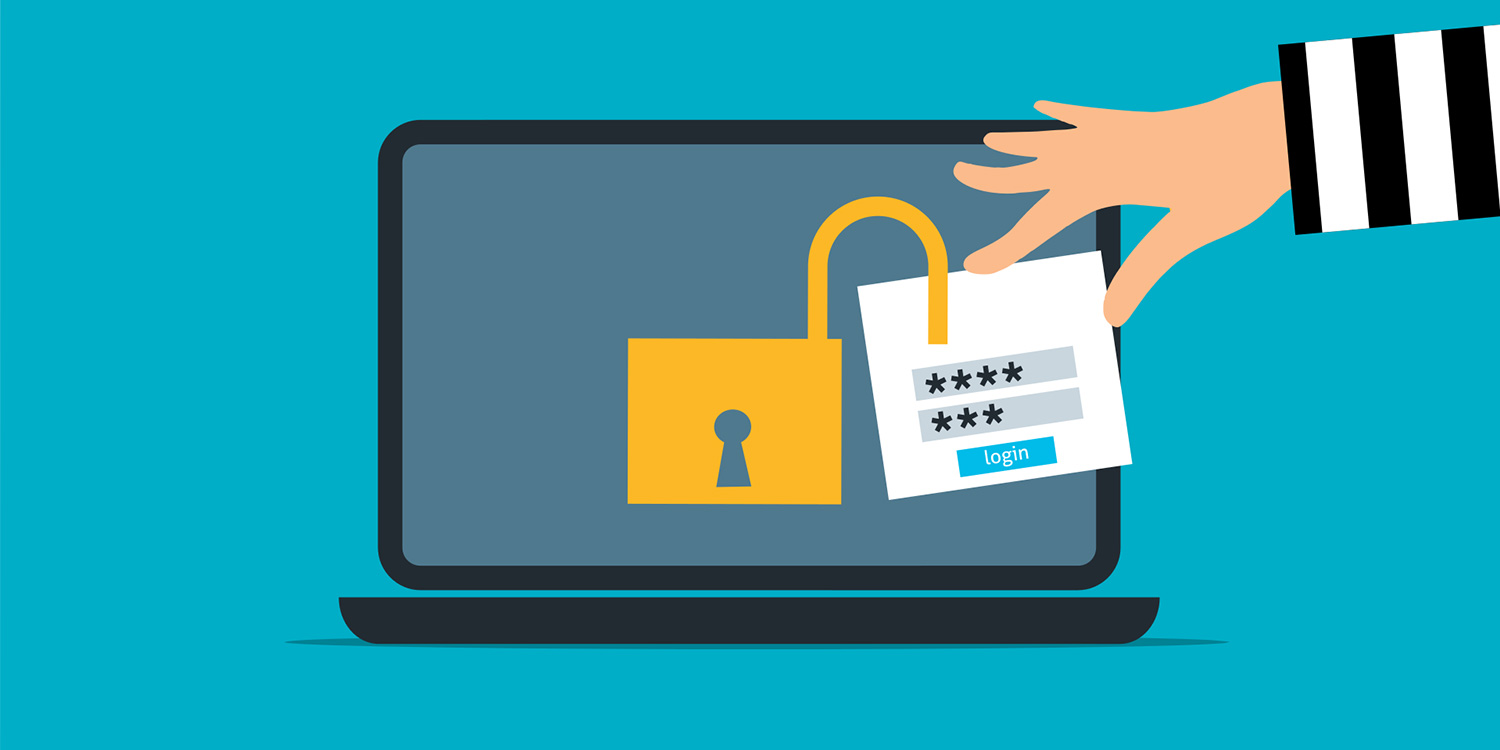Introduction
No matter the steps your company takes to ensure network and data cybersecurity, insider threats are one of the biggest security threats. Insiders are past or present employees who have access to company data and either deliberately or accidentally cause a security breach. Ben Allen of Forbes.com states, “Surveys conducted by several cybersecurity firms have found that approximately one-third of electronic crimes were caused by insiders, and the percentage is steadily rising. Globally, 34% of businesses experience some kind of insider attack every year.” Also, he mentions a report from the Ponemon Institute that states, “…67% of companies are experiencing between 21 and more than 40 incidents per year.” Therefore, it is as important to protect your data from the inside as it is from outside threats.
What are the Types of Insider Threats?
There are two types of insider cybersecurity threats. The first type, malicious threats, can come from a disgruntled employee or one with extensive knowledge of the technology and passwords. Such people can hold employee trade secrets and sell that knowledge to rival companies. Also, these security breaches can include events such as security espionage, financial theft (like fraud or embezzlement), or using knowledge and confidential information to satisfy a new employer.
The other type of insider cybersecurity threat is an unintentional breach. The cause is usually a human error, not malicious reasons or personal gain. The employee can simply send an email to the wrong person or accidentally let someone see their computer screen. The leading cause of unintentional breaches is accidentally opening or responding to a phishing email, consisting of about 67% of attacks. Also, accidentally installing malware from a website or email is common. Further, users bypassing security protocols to save time is another issue.
The kinds of people susceptible to becoming an insider threat are those who are higher up or have extensive knowledge of company programs. These high-level officials are the biggest threat. Contractors, employees, IT professionals, and third-party providers are the next.
What can your company do to prevent insider threats to cybersecurity?
- Create a comfortable and safe work environment
- Never trust, always verify
- Perform risk assessments
- Monitor access
- Pay attention to outgoing data
- Monitor which applications workers use most frequently
- Set up role-based access controls
- Learn to understand your data
- Record data
- Map out your data and pay attention to suspicious trends
- Provide comprehensive training to employees
- Foster an environment that allows your employees to feel comfortable asking questions
- Always be there for support with any issues that may come up
Conclusion
Although no technology can eliminate insider threats, paying attention to data, focusing on employees, looking into data trends, and offering plenty of security training will help ensure as few breaches as possible. If you’re interested in computer security in Orange County, please contact us at 877-794-3811 or info@swifttechsolutions.com.

